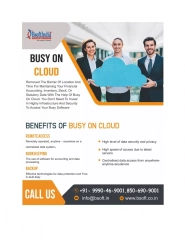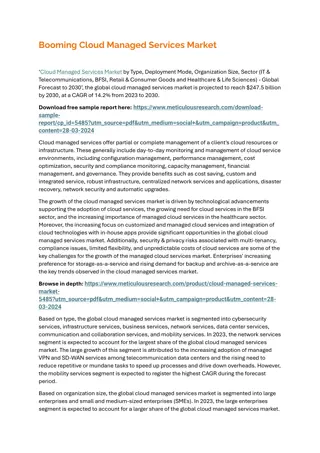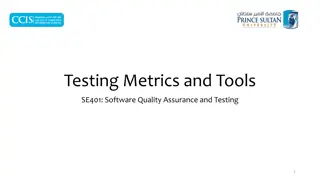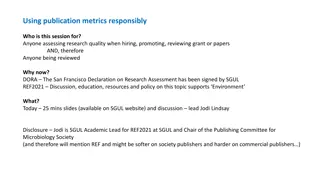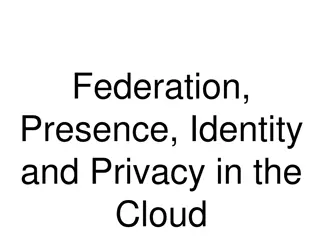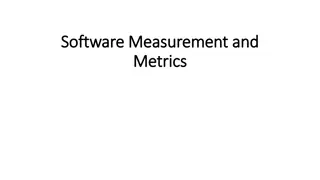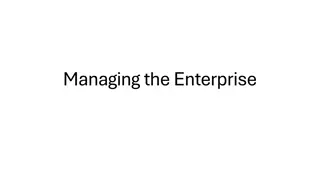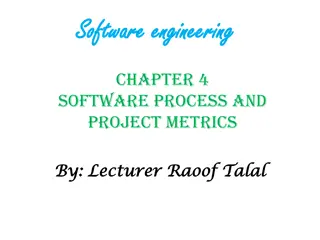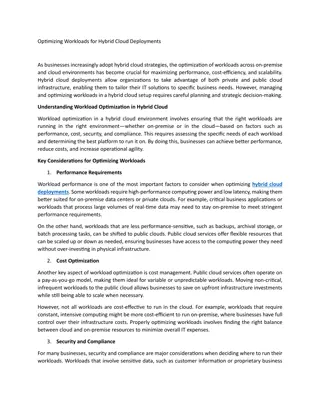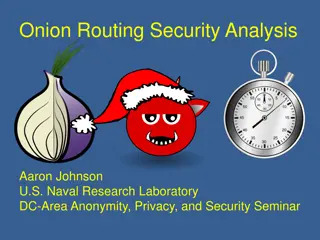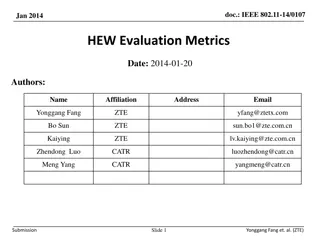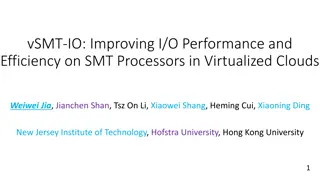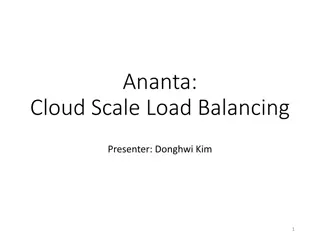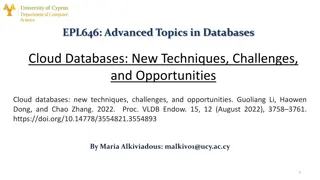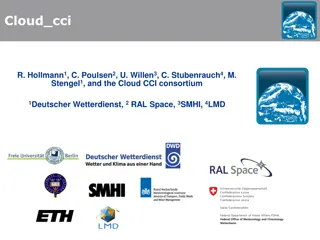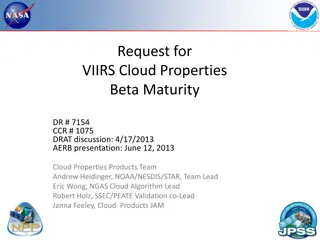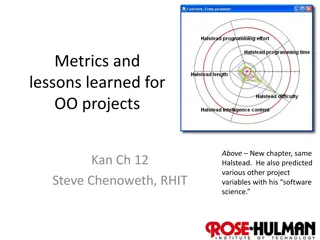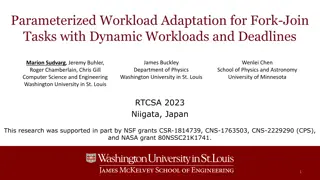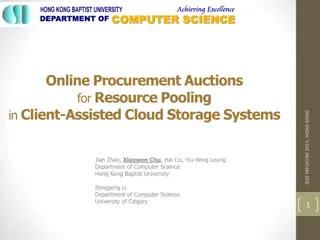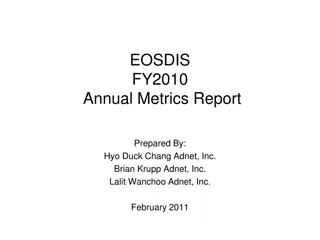Cloud SUTs: Characteristics, Metrics & Potential Workloads
Delve into the world of Cloud SUTs with a focus on understanding the diverse characteristics, key metrics, and potential workloads/use cases. Uncover the challenges of defining SUTs in cloud offerings and explore various classifications such as virtualized, non-virtualized, and mixed environments. Gain insights into the NIST definition of cloud computing and the importance of soliciting new ideas/proposals within OSG working groups.
Download Presentation

Please find below an Image/Link to download the presentation.
The content on the website is provided AS IS for your information and personal use only. It may not be sold, licensed, or shared on other websites without obtaining consent from the author. Download presentation by click this link. If you encounter any issues during the download, it is possible that the publisher has removed the file from their server.
E N D
Presentation Transcript
Cloud SUT proposal OSGcloud group
Objective To fill in the Research the group about the thinking within the OSG working group To solicit new ideas/proposals
Definition of cloud (NIST) Cloud computing is a model for enabling convenient, on-demand network access to a shared pool of configurable computing resources that can be rapidly provisioned and released with minimal management effort or service provider interaction. The model promotes availability and includes five essential characteristics, service models and four deployment models. three
Characteristics Cloud Characteristics from the NIST list On-demand self service Broad network access Resource pooling Elasticity Measured service Characteristic components separated by layer (By osgcloud group) Client Standard client Network connectivity Access Security identity Server and Storage Processing power Memory Storage Network Power consumption Performance measurement Internet Speed Reliability Availability
Metrics Elasticity Provisioning Interval Agility Durability Response time Throughput Reliability Power Price
Potential Workloads/Use cases (some workloads listed) Data Analytics Expert Search Clustering Customer Segmentation Data Warehousing Pipelines bring in data feed and clean and transform it (example: logs from web servers) Iterative processing : one very large data set is maintained (often in the form of a graph). Business OLTP Mail Memory Cloud Key-value pair databases Social Networking Web2.0 based application Write/read workload Memory cloud Search engine
Issues with defining the SUT Cloud offerings may be different. Inability on the user s side to find out what exact hardware is being used and how much is being used. Migration of hardware from one platform to another. Temporal aspect.
Multiple ways of classifying Cloud SUTs Virtualized, non-virtualized, mixed Whether the cloud offering is virtualized, non-virtualized, or mixed. Non-virtualized clouds can also be elastic (think grid computing) IaaS, PaaS, SaaS Whether the cloud offering is IaaS, PaaS, SaaS, or a mixture of these (e.g., Azure). It is easier to compare providers that do not mix service offerings. white box vs. black box Whether benchmark and measurements will measure (1) and (2) as a white box (from hardware to the software stack) or as a black box (what customer purchases). private, public, or hybrid, and whether it is solely for enterprises.
Cloud Offering categories Cloud as a black box No control over what is the exact hardware/software, whether it changes with time etc. User gets a description/QOS guarantees of what he/she is paying for. Unique identifier tied to the offering. Cloud as a white-box Full control and knowledge of part numbers and software. Description available in terms of exact hardware and software.
Who is interested in what + Issues Hardware vendors selling systems to Cloud vendors White-box approach End customer trying to buy a Cloud service Black box approach
Resources to quantify IAAS Compute resource Memory Resource (capacity/bandwidth) Network capacity Disk/Storage Capacity PAAS Hardware may not be described by vendor Possible to measure as in IAAS SAAS Hardware not described Is it important to know about the hardware resources?
Proposal to Describe a Cloud based SUT Users would describe SUT based on what they pay for. Yet, there is a need for other engineering details. Use micro-measurement tools to measure capacities of various elements. The micro-benchmarks should be easy and quick to run and provide numbers describing different types of resources. This would then create a common denominator for comparisons between systems; irrespective of the specific aspect being measured in a given benchmark. Characterizations must include temporal variations in resources as well as limitations if there are any
Why is this needed? SUT description necessary for reproducibility as well as comparisons Having a common denominator approach on engineering components would help with comparisons of known systems with black boxes on the cloud.
Examples/suggestions Use of virus detection scans to determine memory capacity Use of Transcoders between media formats to measure cpu capacity. SPECcpu programs to measure cpu capacity.
Questions to the Research group Can we work on putting together a standard set of such tools? Is there any accepted set of similar tools that people are using currently? Other thoughts/discussions




